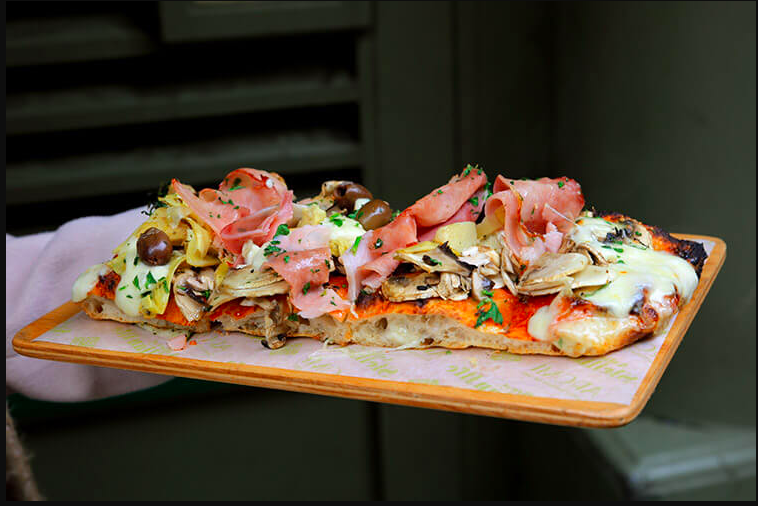Cambridge Food Tour
Are you looking to explore Cambridge in a different light? Do you love food? The award-winning Cambridge Food Tour is ‘a must-do for a foodie’ according to TripAdvisor.
Gerla de Boer is a keen foodie and will take you off the beaten path, introducing you to Cambridge’s best foodie places. Meet the proud people behind these independent businesses sample their delicious food and drink and discover a Cambridge you probably didn’t know existed!
Meet your local guide
After years of globetrotting and exploring different cuisines, in 2012 Gerla decided she wanted to share her wealth of knowledge and experiences. More than that, she wanted to share her beautiful hometown Cambridge and introduce more people to all its culinary delights. Gerla is a self-confessed foodie, and she has walked many miles in and around Cambridge, likes to go off the beaten track and loves a good tipple!

Designed for you
Are you looking for something unique and bespoke? Gerla can design your food experiences around your requirements and favourite food and drink. She likes to think outside the box to produce the ultimate event and, with such a booming food scene, it will be fun, exciting and most importantly, delicious! Contact her for more information.
our tip – stay longer
there is so much to do and see in Cambridge, that staying only one day doesn’t feel long enough.

